The decline of Aberdeen’s Union Street has been a gradual one, albeit accelerated in recent years by, first of all, the oil and gas downturn and more recently the impact of Covid.
It has been difficult to watch, and I think for some time I was in denial about just how bad it’s got.
But it’s a problem affecting cities all over the world, and perhaps answers can be found by looking abroad.
The San Francisco Chronicle launched an initiative earlier this year after rising crime, shortages in housing and homelessness became a visible strain on their city.
Their SFNext project, with a ‘Fix our City’ mantra is admirable.
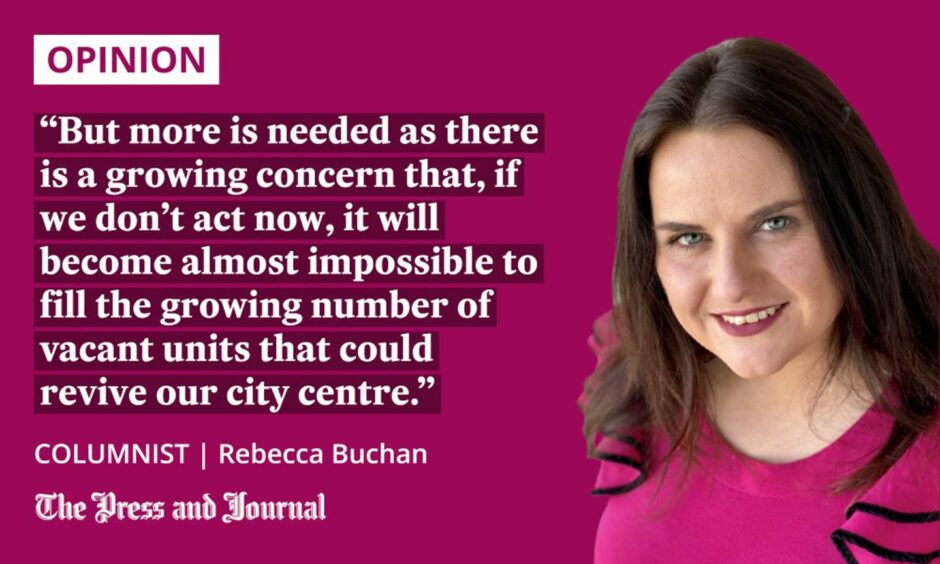
It’s a simple concept in that instead of reporting all that’s bad they provide a platform for solutions on what they believe might help revive the cultural centre of North California.
Summit aims to change Union Street’s fortunes
Today I will host a summit of businessmen and women, politicians and urban planners which will discuss Aberdeen’s future and brainstorm ideas around how to reinvent Union Street’s fortunes.
It will be much in the same spirit. So where could we take inspiration?
One of SFNext’s focuses was to tackle the many issues relating to rough sleepers.
It’s a problem I didn’t believe we really suffered from until recently. Of course, I knew there were people who had been forced to sleep on the streets of Aberdeen, but it never really felt like a problem in the way it does if you visit Edinburgh or Glasgow.
I don’t have hard statistics to hand so I could be wrong, but it would appear to anyone who is frequently in town that the number of people now sleeping rough has significantly increased in recent months.
My guess is the number of empty units along the Granite Mile now allows for unfortunate individuals to take shelter in doorways without being disturbed in the morning when the workers come to open the shutters.
And during my walk into work every morning it’s the same faces in the same doorways that greet me.
It became evident around two months ago I was not the only one who had noticed this. A local businessman posted on Linkedin that he had been struck by the number of street sleepers and had offered up his place of work through the day as a place of refuge for them if people were available to help staff it.
This post received 1,130 likes and 150 comments from people offering their services.
This is the sort of forward-thinking, collaborative working we really need.
Covid was also a contributing factor to an increase in anti-social behaviour in and around the area. The closure of the street to traffic and the lack of business activity due to lockdowns created a free space for youths to congregate.
In part, this has improved with the reopening of Union Street to buses and businesses but something which keeps being brought up is how people are scared to use the high street.
How are other cities handling safety?
“I just don’t feel safe” one woman said to me when I asked her what it was she didn’t like about Union Street and where she thought things could be improved.
And we don’t have to look too far to see how other cities are handling this.
Glasgow City Council has recently pledged to move forward with “feminist urban planning”.
The concept is to focus on the impact of the built environment on women, what it means to be a woman in urban spaces (unsafe, poorly lit areas) and what struggles and opportunities women encounter in these environments.
Something Aberdeen City Council could do well to think about.
Figures from Police Scotland show crime in and around the city centre has actually gone down in the last two years. Probably in part due to a decline in business.
But regardless of what the statistics say, you’re never going to entice people into town if they don’t feel safe.
The fancy new halo Union Terrace Gardens now has in place, is a good example of where we can start.
And plans to repeat that along Union Street will undoubtedly help the place to feel well-lit.
We must act now before it’s too late
But more is needed as there is a growing concern that if we don’t act now, it will become almost impossible to fill the growing number of vacant units that could revive our city centre.
Retailers, publicans, restaurateurs, businesses, visitors and citizens are increasingly concerned about the detrimental impact this demise is having on civic pride and the local economy.
Like the team at the San Francisco Chronicle, the aim of today’s summit is to find solutions, both temporary and permanent, that can breathe new life into Union Street, helping it regain its place as a vibrant thoroughfare and the beating heart of the city.
It is no longer an option to sit by and allow the decline to continue.
Rebecca Buchan is City and Shire Team Leader for The Press & Journal and Evening Express
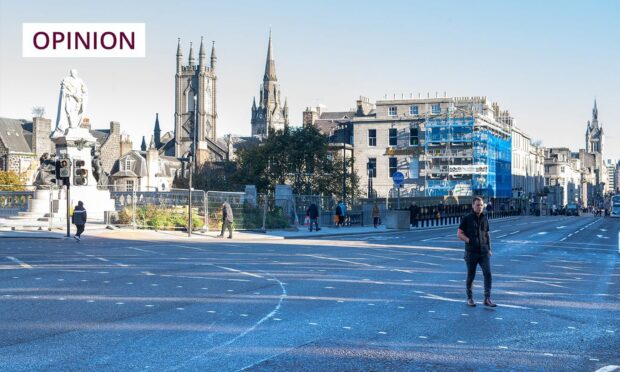
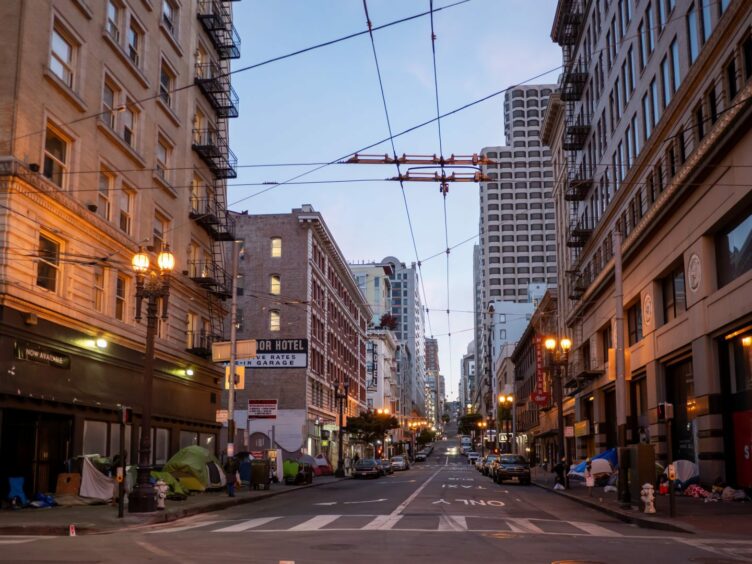
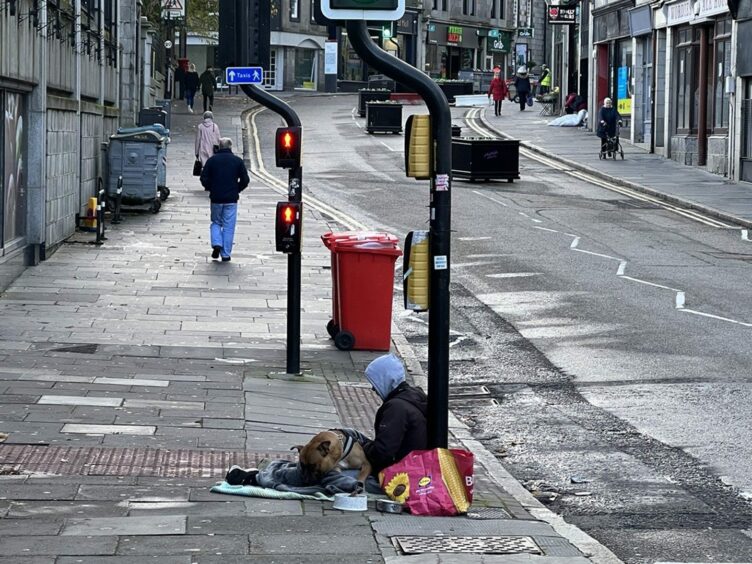
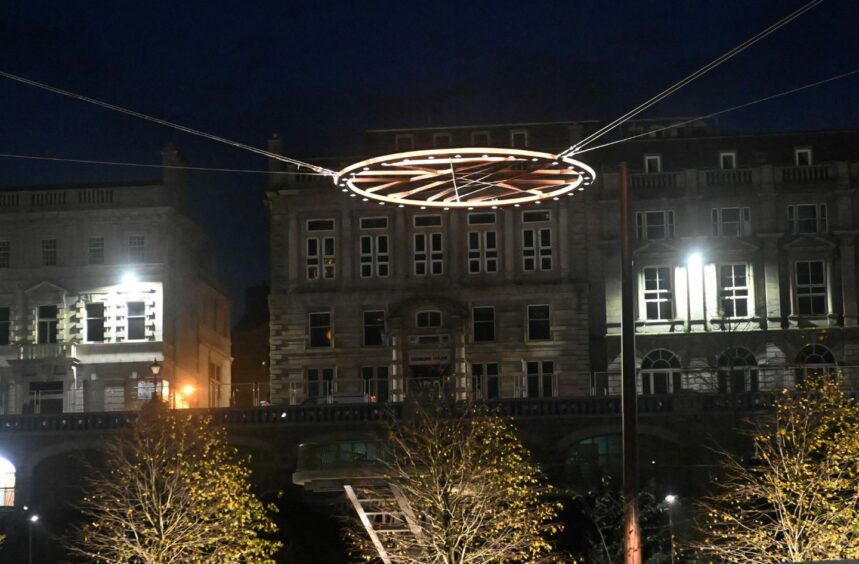
Conversation